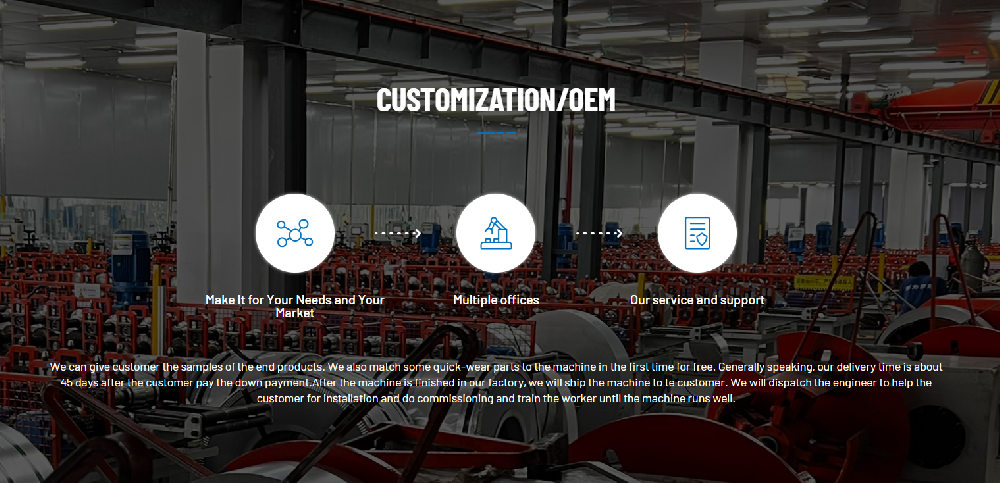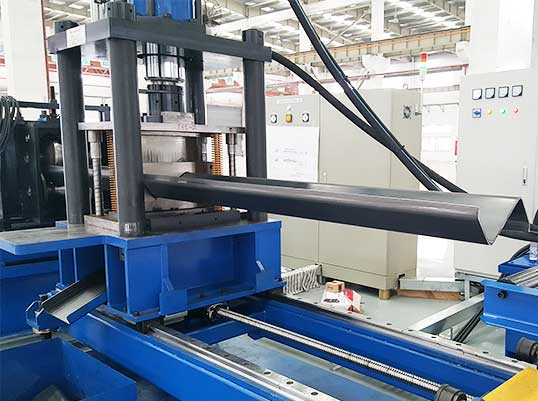Navigation Menu
Contact Us
- Email:
- info@wxavatar.com
- Address:
- Yurong Village, Yuqi Street, Huishan District, Wuxi, China.
Release Date:Jul 02, 2025 Visit:46 Source:Roll Forming Machine Factory
Solar stand roll forming machines have become a key part of solar mounting structure production. As solar energy deployment continues to expand across different regions, manufacturers and EPC contractors are seeking efficient, consistent, and scalable methods to produce structural components. This raises an important question: Are solar stand roll forming machines suitable for large-scale installations? The answer lies in understanding their core capabilities, operational efficiency, and adaptability.

Consistent Production Quality
One of the primary strengths of solar stand roll forming machines is their ability to deliver uniform, high-precision profiles across long production runs. For large-scale solar projects that may involve thousands of support structures, consistency is essential. Roll forming ensures tight tolerances, straightness, and repeatability across all profiles—qualities that are vital for field installation accuracy and structural stability.
High Output Efficiency
Large solar installations demand speed in component delivery. Compared to other forming methods such as press braking or manual welding, roll forming offers superior production throughput. Once the machine is set up with the required tooling and material, it can continuously produce components at a high rate with minimal interruption. This ability makes it well-suited for high-volume output, which is often needed when working under tight project timelines.
Flexible Profile Design Options
Modern roll forming machines are equipped to produce a variety of profile types commonly used in solar racking systems, including C-channels, U-profiles, and customized geometries. With computer-controlled setups and servo-driven systems, profile changes can be done quickly, reducing downtime between production runs for different projects or structural requirements. This flexibility supports the diversity often seen in large-scale installations that span varied terrains and structural layouts.
Material Compatibility
Solar mounting structures require materials that can withstand long-term exposure to outdoor conditions. Roll forming machines are capable of processing galvanized steel, aluminum, and other coated materials that meet project specifications. This compatibility with different metals ensures the machines can be used across a range of project types and regional requirements.
Cost-Effectiveness for Mass Production
While the initial investment in a solar stand roll forming machine may be significant, the cost per unit decreases substantially with volume. In large-scale projects, this amortization effect can lead to more favorable production economics. Reduced waste, lower manual labor requirements, and streamlined processing also contribute to the overall efficiency and cost-effectiveness of the system.
Integration with Automation and Quality Control
Advanced roll forming lines are increasingly integrated with automation systems such as material feeding, punching, cutting-to-length, and stacking. These integrated features reduce reliance on manual handling and improve overall productivity. Some systems also include in-line inspection tools that detect deviations in real-time, helping maintain quality across all components—a major advantage in large-scale operations.

Conclusion
Solar stand roll forming machines offer a range of benefits that align well with the demands of large-scale solar installations. Their ability to produce consistent, high-quality components at scale, combined with efficient changeover capabilities and material flexibility, makes them a practical solution for manufacturers aiming to meet project timelines and quality standards. For companies involved in utility-scale solar deployment, investing in roll forming technology can support both current and future growth in this rapidly evolving sector.